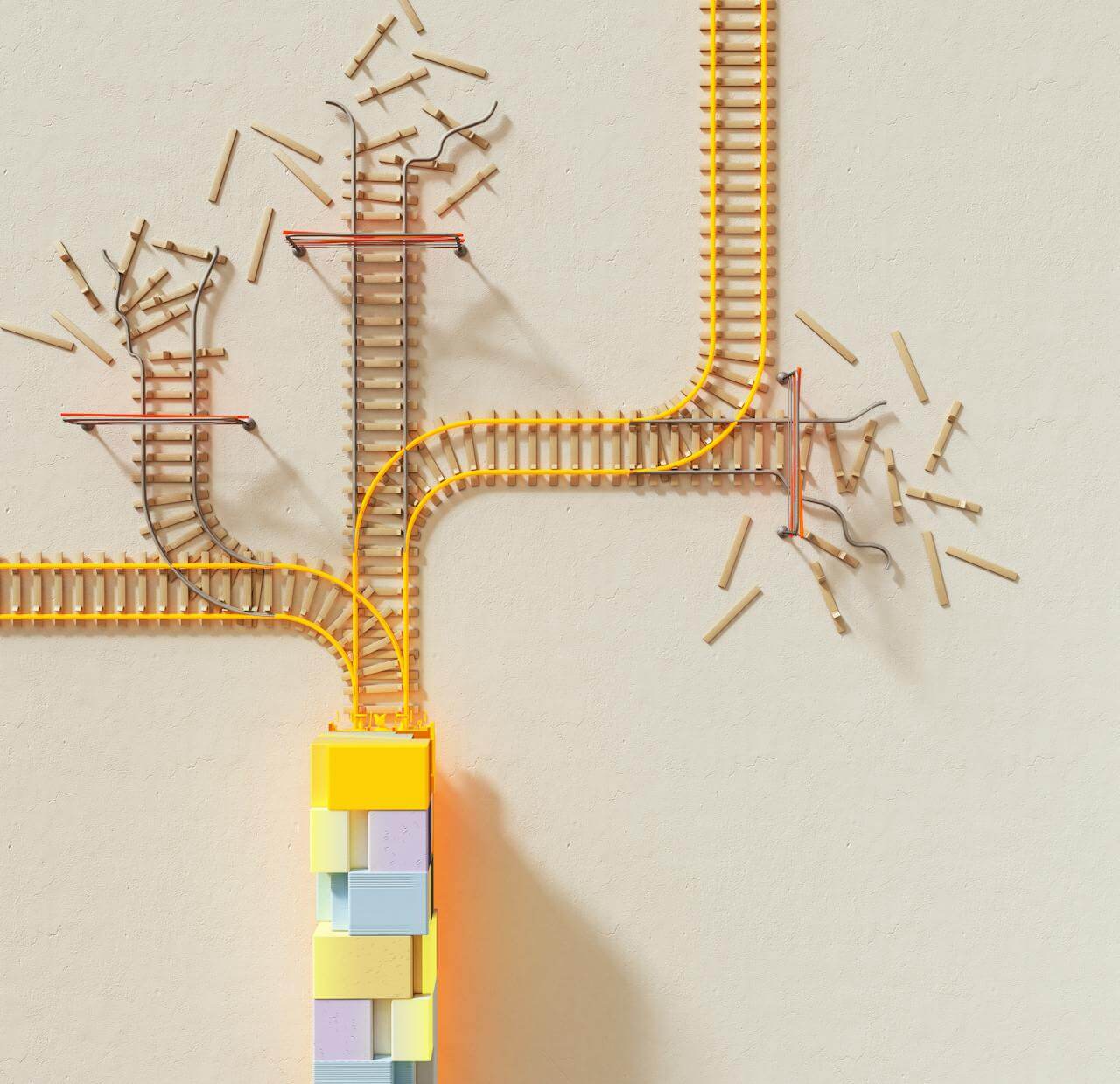Canary Collective’s piece The Apple Doesn’t Fall Far from the Tree: What’s Said About Parents After They Leave the Room tells what often happens after parents leave a school meeting. The talk shifts away from the child and turns toward the parents. People start guessing what is “wrong” at home instead of asking what the school could do better. It sounds small, but it shows how power really works in education.
Schools often look like they are working with families, but many meetings are more about keeping parents calm and busy, than they are about solving problems. The system stays in control by acting polite.
What “epistemic silencing” means
I use the term epistemic silencing to describe what happens when a parent’s knowledge about their child is ignored or treated as a problem. “Epistemic” means knowledge—what we know from experience. “Silencing” means that the school’s way of talking wins every time.
A teacher may say, “Let’s get everyone on the same page.” That sounds kind, but it usually means the parent needs to agree with the school. Parents who ask questions are called “emotional” or “hard to work with.” Parents who agree are called “cooperative.” It is a form of control that rewards quiet and punishes truth.
-
Epistemic silencing of disabled children’s primary caregivers
Epistemic silencing in BC schools discredits mothers’ knowledge, reframes advocacy as aggression, and erases disabled children’s pain, leaving families punished for truth.
Designed to exhaust
Designed to exhaust means that the system wears you down on purpose. It does this by delaying answers, changing rules, and making families repeat the same steps again and again. It looks like caution or good process, but it is actually a way to drain energy, to keep us busy, while our children circle the drain.
A parent might send dozens of emails that no one answers, attend meeting after meeting, and still see nothing change. This endless work becomes a second full-time job. The point is not to fix the problem; the point is to tire the parent out so that she finally gives up. When she does, the system begins to blame lack of engagement.
Designed for despair
Designed for despair works on the heart instead of the schedule. It breaks meaning down until parents start doubting themselves. When a mother names an injustice, her clarity is called anger. When she shows grief, it is called overreaction. Every emotion she shows becomes another reason to ignore her.
Despair grows when nothing changes, even after you have done everything right. It teaches parents that speaking up will only make things worse. It also teaches professionals that disbelief is safe and compassion is risky.
Coercive proceduralism
Another part of the design is coercive proceduralism. This means the rules and steps are used to keep control. Parents are told to “trust the process,” but the process is the trap. The school can always say the next form or the next meeting is what’s needed before help can begin.
This system often rewards the quietest person in the room. A short, calm email from a father may be praised as “reasonable,” while a detailed message from a mother is called “too much.” In families where one parent already holds more power, the school can make that imbalance worse by siding with the person who stays agreeable.
Who gets hurt the most
These patterns don’t hit everyone equally. Families already living with disability, poverty, or trauma feel it the hardest. If a parent looks tired, the school may call it neglect. If a family struggles with money, it may be labeled “chaotic.”
In this way, disbelief becomes a kind of class rule. It hides behind good manners but serves the same purpose as bias always has: to protect those already in power.
-
Double the love, double the discrimination
Public education systems punish families of multiples by forcing impossible choices between their children—often withholding support until one child reaches visible crisis, while the other’s suffering is quietly disregarded. The statistical reality schools refuse to prepare for Schools are rarely prepared for what families of multiples often bring to the classroom: These families often arrive […]
How disbelief spreads
The quiet laughter after a meeting, the eye roll, the whisper—these are not small things. They teach everyone else in the room which parents to trust and which to mock. This is how disbelief spreads. It starts as tone and turns into policy.
Professionals bond by sharing doubt about families. It feels safer than admitting the system failed. The gossip works like glue; it holds the group together at the cost of the child.
Scapegoating is the way institutions maintain a feeling of order while displacing the cost of their own failures onto someone already powerless. When schools discredit the advocate and thus the child, they transfer guilt away from the adults who created unsafe conditions. The scapegoat becomes both explanation and offering—the living proof that the system works, because someone has been blamed. The group feels lighter, cleaner, unified again. The parent who spoke too clearly is recast as disruptive; the child whose distress revealed the truth is marked as the problem. Their suffering restores calm to the collective. It reassures the professionals that their methods are sound, that harm is an unfortunate side effect rather than the purpose of the design. And so the ritual continues: disbelief becomes policy, punishment becomes culture, and the system survives by feeding on the few who can least afford to be consumed.
-
Collective punishment: how schools displace guilt, erase harm, and preserve the collective
One of the things that was so traumatising about the collective punishment that was callously perpetrated against my daughter was the light and evasive tone of the principal. She said that the punishment had to be “swift.” I frequently wondered about the choice…
Moral injury behind polite smiles
As Canary Collective says, parents walk out of these meetings carrying shame that does not belong to them. They have watched their child’s pain turned into a story about their own failure. This is moral injury—the wound that happens when you have to watch harm and pretend it is care.
In this system, calmness is treated as proof of truth. Anger or tears make you unreliable. Every parent learns to stay composed while breaking inside. Politeness becomes both the armour and the cage.
-
The unseen wounds of advocacy: caregiver burnout, moral injury, and embodied grief
Caregiver burnout in BC schools reflects moral injury and systemic betrayal, as mothers fight exclusion and harm while advocating for disabled children.
Turning pain back into knowledge
When I read Canary Collective’s piece beside my own work, I see the same pattern from two angles. Her story shows how the harm feels from her perspective as staff; my framework shows how it impacts caregivers. Together they prove that blaming parents is not an accident. It is a design choice that blocks schools from genuine change.
Every time a meeting blames a family instead of fixing a system, the institution clears its own name. It calls this professionalism, but it is really protection.
What real accountability would mean
“The harm doesn’t happen by accident” is the truest line in the piece. It means that the system does what it was built to do: protect itself first. Real accountability begins when we admit that this harm is planned, not unfortunate.
Repair would mean listening to parents as experts, treating their testimony as data, and seeing maternal rage as a sign of care, not danger. It would mean teachers and administrators learning to stay with discomfort instead of hiding behind polite words and dismissals.
-
The goodwill ledger: how schools calculate inclusion allotments
Schools in British Columbia keep an invisible ledger—one that tracks not just budgets, but emotions, tone, and perceived worthiness. Families who ask too clearly, too often, or on behalf of more than one child are quickly marked as overdrawn. This essay continues the…












